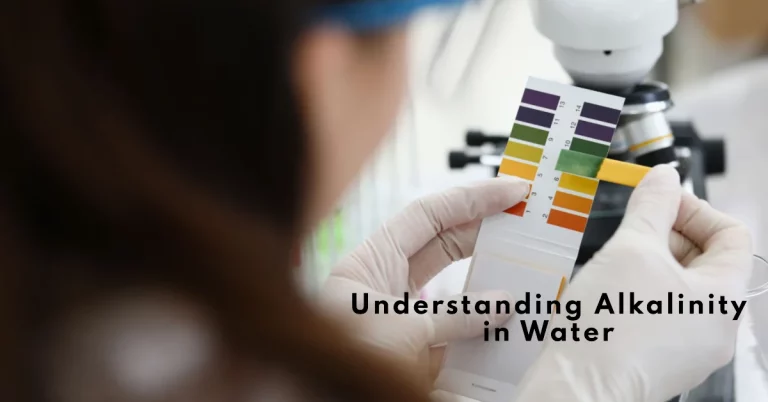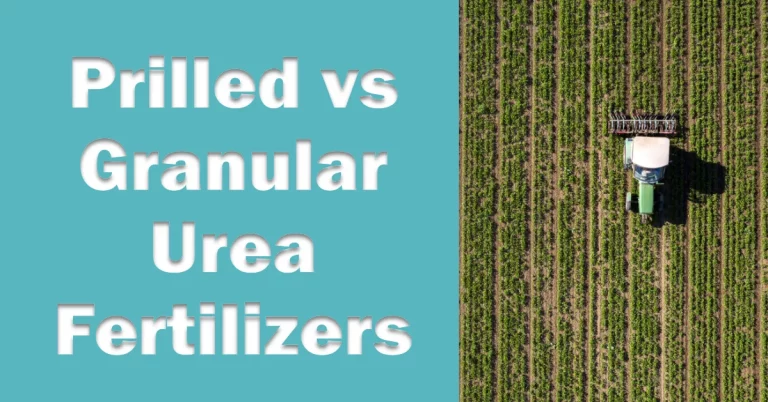What is the Difference Between Polysulfide and Polyurethane Sealant
Sealants are like the unsung heroes of our buildings and structures. Imagine them as special glues that don’t just stick things together but also protect them from water, air, and other elements. Two of the big names in the sealant world are polysulfide and polyurethane. Maybe you’ve heard of them, or perhaps they sound like complex science terms. Either way, they play a crucial role in keeping our spaces intact and safe. This article is like a friendly chat between us, where I’ll share the nitty-gritty differences between these two types of sealants. By the end, you’ll know which one to choose for your next project, or at least have some cool knowledge to share at your next get-together!
What is Polysulfide Sealant?

Polysulphide Sealant is a popular choice for many and here’s why:
- Definition and Basic Principle: At its core, a polysulfide sealant is a synthetic rubber with outstanding sealing properties.
- Main Uses:
- Hull-to-deck joints in boats
- Chemical storage tanks
- Swimming pools
- Expansion joints
- Advantages:
- Excellent chemical resistance
- Flexibility, even in colder environments
- Durability under prolonged immersion in liquids
- Disadvantages:
- Longer cure time compared to some other sealants
- Might require a primer on certain substrates for better adhesion
| Features | Polysulfide Sealant |
|---|---|
| Chemical Resistance | Excellent |
| Flexibility | High |
| Durability | Long-lasting |
| Cure Time | Longer |
Also Read Difference Between Gooch Crucible and Sintered Glass Crucible
What is Polyurethane Sealant?
When it comes to versatile sealants, polyurethane is a name you’ll often hear:

- Definition and Basic Principle: Polyurethane sealants are formed from a reaction of a polyol with an isocyanate, resulting in a compound that’s perfect for sealing a variety of materials. They are made from organic materials, which means they are not as durable as high-quality silicone sealants.
- Main Uses:
- Building and construction joints
- Vertical and horizontal joints
- Automotive window sealing
- Advantages:
- Strong adhesion to a variety of substrates
- UV resistance
- Moisture-cured properties for better waterproofing
- Disadvantages:
- Can be sensitive to UV exposure over time (although many are UV resistant)
- Might be less flexible than polysulfide sealants in certain conditions
| Features | Polyurethane Sealant |
|---|---|
| Adhesion Strength | High |
| UV Resistance | Varies |
| Flexibility | Moderate |
| Moisture Resistance | Excellent |
Also read What is difference Between Incineration and Pyrolysis in Waste Management
Key Differences Between Polysulfide and Polyurethane Sealants
When choosing a sealant, understanding the differences between options is vital. Here’s a breakdown of the main distinctions between polysulfide and polyurethane sealants:
- Curability:
- Polysulfide Sealants: These sealants cure when exposed to moisture. It’s fascinating because the very element many sealants are designed to repel is what catalyzes the curing process for polysulfide. This moisture-cured nature often makes them a preferred choice for underwater applications or environments with high humidity.
- Polyurethane Sealants: In contrast, polyurethane sealants cure when exposed to air. This air-cured property means they require atmospheric moisture to harden. It’s essential to ensure they aren’t applied too thickly, as the inner layer might remain uncured for longer durations.
- Adhesion:
- Polysulfide Sealants: These sealants boast a commendable adhesion to a myriad of surfaces, from metals to ceramics. This adaptability is a significant advantage when dealing with mixed-material projects.
- Polyurethane Sealants: They shine when it comes to plastics. If you’ve ever tried to bond plastic, you’ll know it’s notoriously tricky. Polyurethane sealants provide a reliable bond, making them invaluable for projects involving plastic materials.
- Flexibility:
- Polysulfide Sealants: Think of them as the yoga experts in the sealant world. Their flexibility is notable, allowing them to handle the expansion and contraction of materials, especially in fluctuating temperatures.
- Polyurethane Sealants: While they are flexible, they don’t quite match the elasticity of polysulfide sealants. However, they still offer adequate movement capabilities for most projects.
- Durability:
- Polysulfide Sealants: These sealants are like the marathon runners, lasting impressively long. Their durability, especially in challenging environments, is one of their standout features.
- Polyurethane Sealants: Though durable, when directly compared, they might fall slightly short of the longevity provided by polysulfide sealants.
- Resistance to Chemicals:
- Polysulfide Sealants: If sealants had to face off in a chemical resistance challenge, polysulfide would be among the top contenders. They resist a wide range of chemicals, making them perfect for environments like chemical storage areas.
- Polyurethane Sealants: They offer decent chemical resistance but might not be the first choice for extremely harsh chemical environments.
- UV Resistance:
- Polysulfide Sealants: The Achilles heel for polysulfide sealants might be their lower resistance to UV radiation. Over time, prolonged exposure can degrade the sealant.
- Polyurethane Sealants: They wear sunglasses! Jokes aside, they exhibit better resistance to UV radiation, making them suitable for outdoor applications where the sun’s rays can be a concern.
Comparison table
| Features/Properties | Polysulfide Sealant | Polyurethane Sealant |
|---|---|---|
| Chemical Composition | Synthetic Rubber | Polyol + Isocyanate |
| Resistance to Elements | High | Moderate |
| Adhesion | Varies (with primer) | High |
| Flexibility | High | Moderate |
| Common Applications | Pools, Chemical Tanks | Buildings, Automotive |
Applications of polysulfide sealant and polyurethane sealant
Polysulfide and polyurethane sealants, with their distinct properties, cater to a wide range of applications. Whether it’s sealing a skyscraper’s windows or ensuring a boat remains watertight, these sealants have made their mark. Let’s explore where each of these sealants excels.
Polysulfide Sealants:
- Marine Environments: Given their excellent resistance to prolonged liquid immersion, polysulfide sealants are the go-to choice for marine applications, such as hull-to-deck joints in boats. They ensure the vessel remains watertight, a critical requirement in the marine world.
- Chemical Storage: If you have a tank storing chemicals, polysulfide sealants, with their impressive chemical resistance, are your best bet. They ensure no leaks, protecting both the environment and the stored chemicals.
- Swimming Pools: Their moisture-cured nature and durability make them ideal for sealing swimming pool fixtures, ensuring there are no unwanted leakages.
Polyurethane Sealants:
- Building and Construction: Polyurethane sealants excel in bonding building materials. Whether it’s sealing windows, doors, or expansion joints, their strong adhesion and UV resistance make them a top pick for construction projects.
- Automotive Industry: If you’ve admired the seamless windows in cars, you have polyurethane sealants to thank. They offer a robust bond, ensuring automotive windows remain firmly in place while offering some flexibility.
- Vertical Joints: Their air-cured nature and solid adhesion properties make polyurethane sealants suitable for vertical applications, such as sealing walls or other upright structures.
In essence, when you’re dealing with marine environments or require strong chemical resistance, polysulfide sealants are your best friend. On the other hand, for construction, automotive, or vertical applications, polyurethane sealants step up to the plate, ensuring durability and a firm seal. By understanding the strengths of each sealant, one can make an informed choice tailored to the specific application at hand.
Conclusion – Polysulfide vs Polyurethane Sealant
Sealants, though often overlooked, play a pivotal role in our daily lives, ensuring safety, durability, and functionality in various applications. This article shed light on two giants in the sealant world: polysulfide and polyurethane. While polysulfide shines in marine and chemical settings, polyurethane stands tall in construction and automotive applications. Our aim was to guide you through their distinct properties and applications, ensuring you make informed decisions in your projects. Remember, the right sealant can make all the difference. So, the next time you embark on a sealing task, choose wisely and feel the difference. Dive deeper, explore more, and seal with confidence!
Check refence link https://en.wikipedia.org/wiki/Sealant







